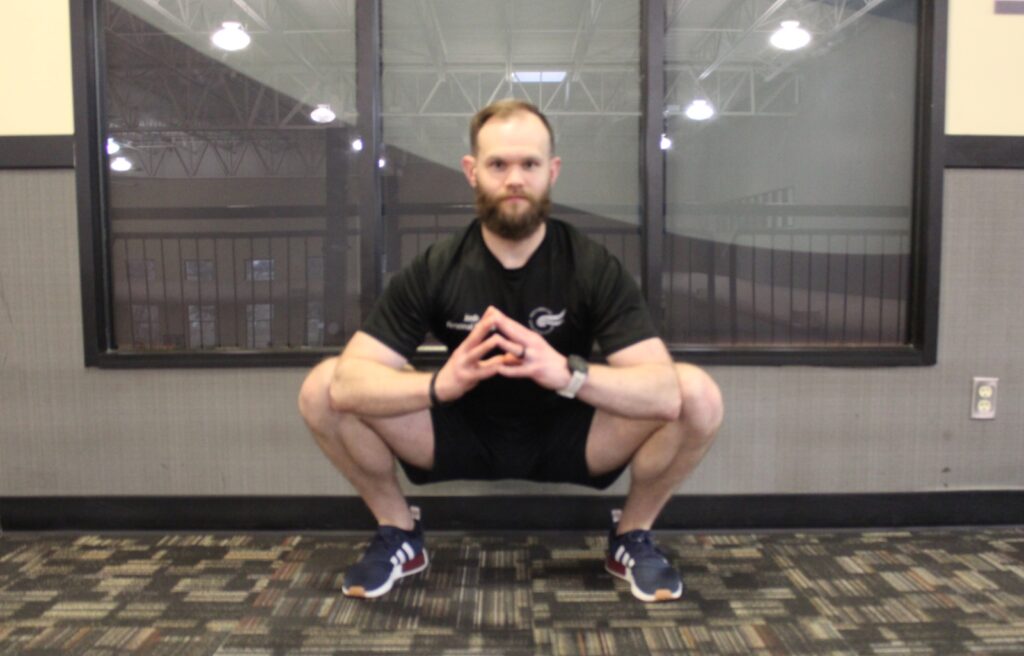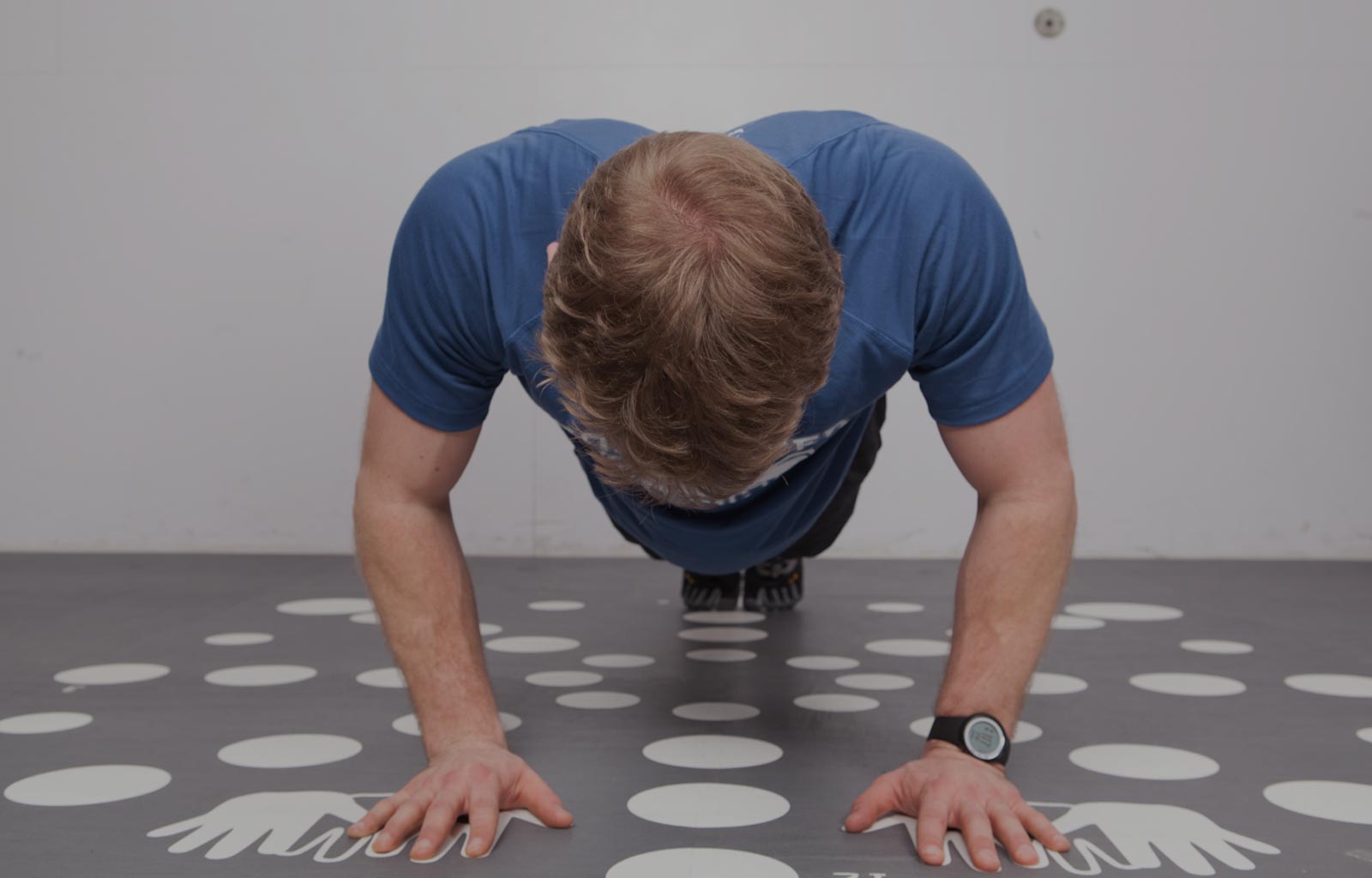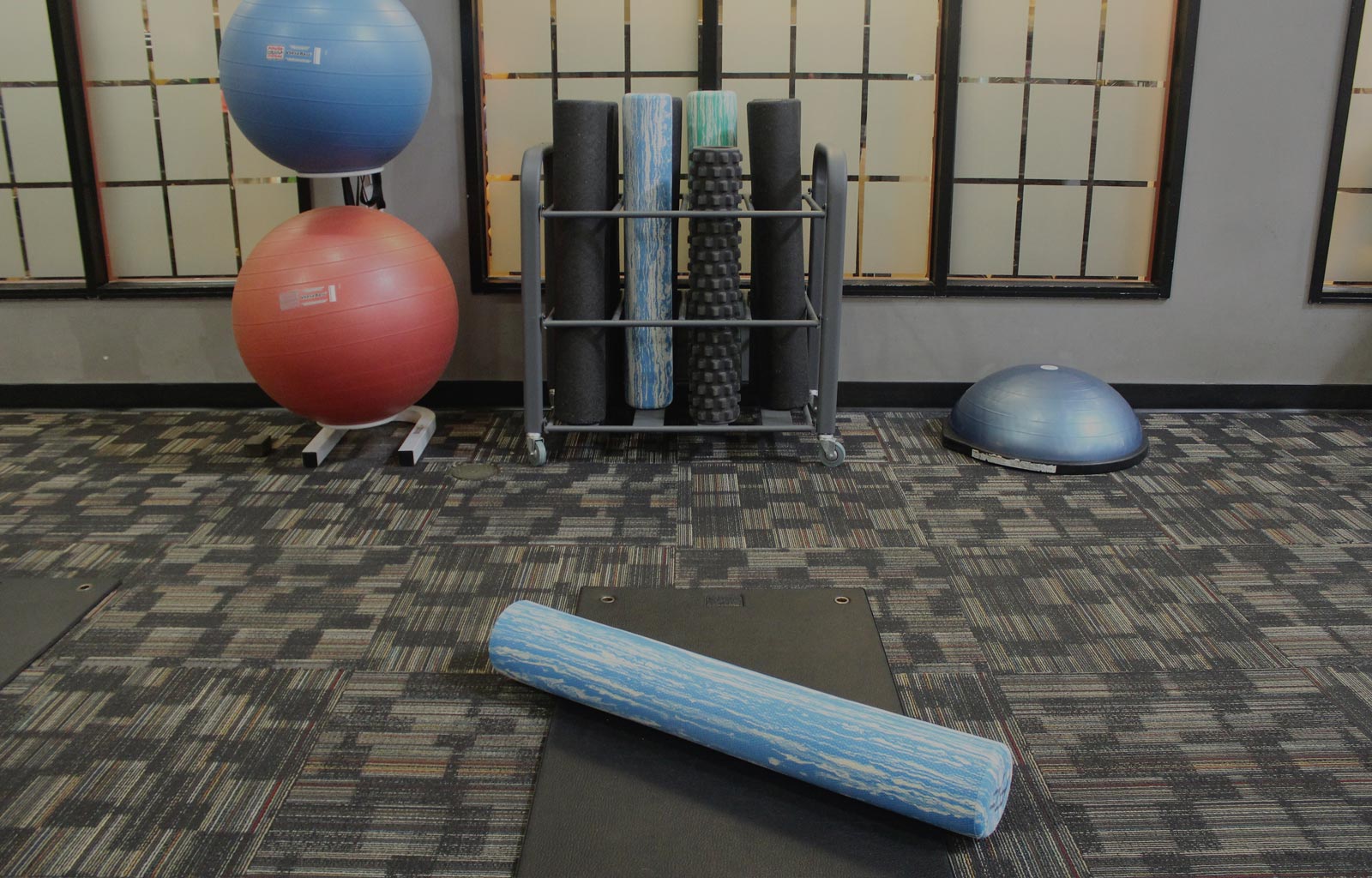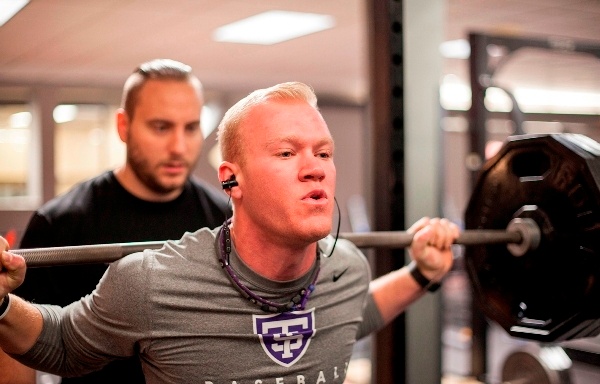Have you ever watched a two year old pick something up off the ground? If you did, you would see a perfectly executed squat with very little effort given to perform the movement. Compare this to the average American adult performing a squat, and you might witness a rounding of the back, a loud exhale, and possibly the need to use a hand for balance/bracing. But why is this? If we are born with these abilities and can execute them at such a young age, where does our ability to perform them go?
Many people have heard the phrase “If you don’t use it, you lose it”. That just might be the case when we look at the squat. At some point in our lives as we age, we become too busy, get injured, or no longer think the movement is important, so we stop practicing it. By no longer practicing the squat, this tells our brain and our body that this movement is no longer important. In turn we can start to forget how to properly perform it.
The problem is that aspects of the squat are used in the movements that we need to perform tasks during everyday life. Movements like standing up out of a chair, sitting down on the toilet, and picking something up off the ground all use aspects of the squat. Unless you can go about your day without performing these (good luck!) then the squat needs to practiced in order to maximize our ability to safely and efficiently execute these daily movements.
The squat is often used as a marker for lower body strength, but it can also be used to estimate a person’s longevity. Maintaining our ability to squat can help to decrease pain, decrease risk of falls, and improve overall quality of life. A European study found that a person’s ability to sit down to the floor and then stand up was closely correlated with their all-cause mortality risk (Brito, 2014).
Regularly performing squats can help to increase lower body strength. This includes your quadriceps, hamstrings, glutes, calves, low back and core. Squats can also help you maintain range of motion in your lower body, increase balance and increase bone density.
Squatting was once thought to be bad for your knees and sadly this myth has continued on for decades. The truth is that squatting is in fact good for your knees, and is safe for most individuals (aside from some very specific circumstances). Performing the right version of squats for you, done with proper form, can help to decrease knee pain.
5 Quick Tips for Great Form When Performing Squats
- Start with your feet shoulder width apart. Your toes can be straight forward or angle out up to about 10 degrees.
- Begin to sit your hips backwards similar to sitting on a chair.
- Unlock your knees and begin to lower yourself towards the ground, lowering yourself as low as you are capable/comfortable.
- Push yourself back up, keeping your whole foot on the ground and emphasizing the weight in your heels.
- Make sure to keep your chest upright and back straight, and that your knees stay in line with your toes throughout the entire exercise.
Squat Variations to Consider – From Easiest to Hardest
TRX Squat – holding onto the TRX straps allows you to sit back more into the squat emphasizing the weight into your hips and less on your knees. The TRX also helps with your balance and allows you to help keep your chest upright.
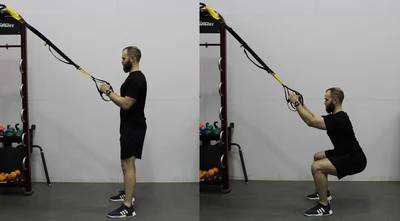
Box/Bench Squat – Using a box or a bench behind you also allows you to sit back further into your hips. The bench or box also helps you to only descend so far and gives you the confidence that there is something behind you to help catch you.
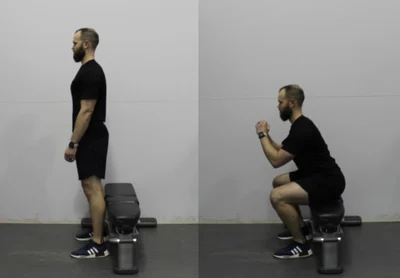
Body Weight Squat – If you feel confident with the previous two, try squatting using just your body weight without any assistance. This will begin to challenge your balance more.

Goblet Squat – Adding a weight will help you increase the difficulty of your squats, increasing the challenge on your lower body.
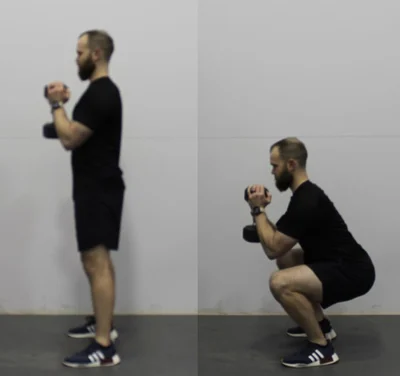
Barbell Squat – “The king of squat exercises” Placing a barbell on your back allows you to increase the weight that is placed on your body. You will now begin to have your entire body working, significantly increasing the intensity and difficulty of the squat. This squat variation will challenge your legs the most.

How to Add Squats Into Your Schedule
- Try adding 3 sets of 10-12 squats to your workout routine 1-3 times per week.
- The squat can also be a great tool to break up sitting during the day. Try getting up multiple times each day (even every 30 minutes to an hour) and perform 10 body weight squats.
Bonus Variation: The Deep Squat Stretch
This squat variation is also sometimes referred to as the “Third World squat”, as it is actually used as a form of resting by many people in Third World countries! It will help to stretch your hips, groin and low back, increasing your lower body flexibility, strength and comfort in a deep squat position.
To do this squat, drop down as low as you possibly can into a squat while keeping your heels on the ground and hold. Try performing this stretch for a total of 5 minutes per day. This can be broken up into 30-60 second increments and spread out throughout the day.
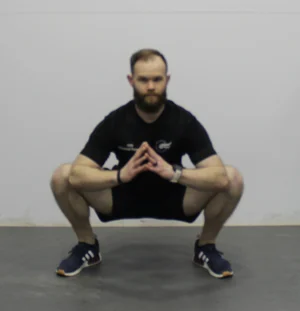
Conclusion
Squatting is an important exercise for maintaining good health now and as we grow older. Whether you are an athlete looking to build strength, or someone looking to stay healthy and active, squatting can help. If you are not sure what variation of the squat is right for you, or if you want to make sure that your form is correct, please reach out to a RAC Persional Trainer for assistance!
Reference:
Leonardo Barbosa Barreto de Brito, Djalma Rabelo Ricardo, Denise Sardinha Mendes Soares de Araújo, Plínio Santos Ramos, Jonathan Myers, Claudio Gil Soares de Araújo, Ability to sit and rise from the floor as a predictor of all-cause mortality, European Journal of Preventive Cardiology, Volume 21, Issue 7, 1 July 2014, Pages 892–898, https://doi.org/10.1177/2047487312471759
